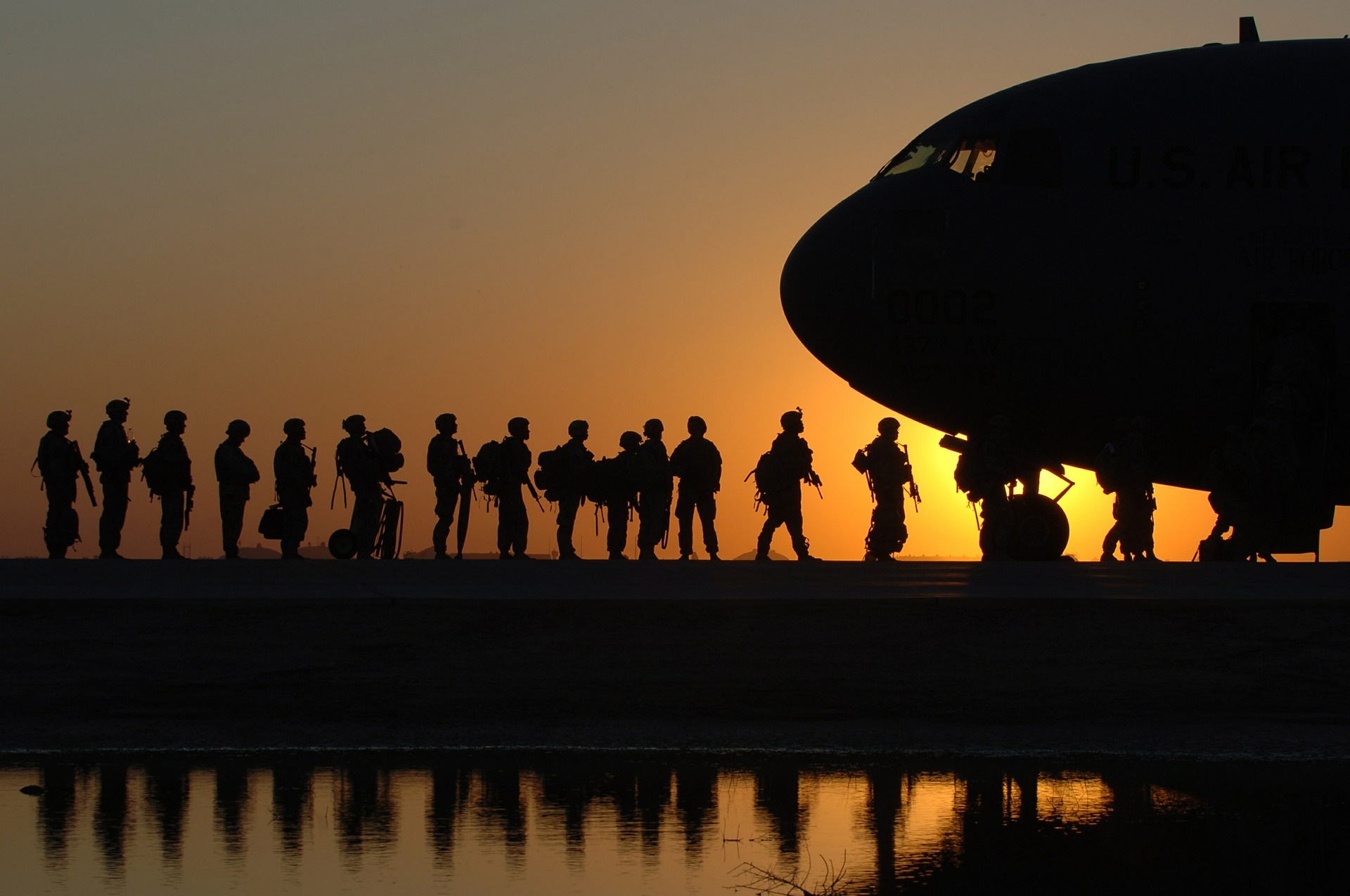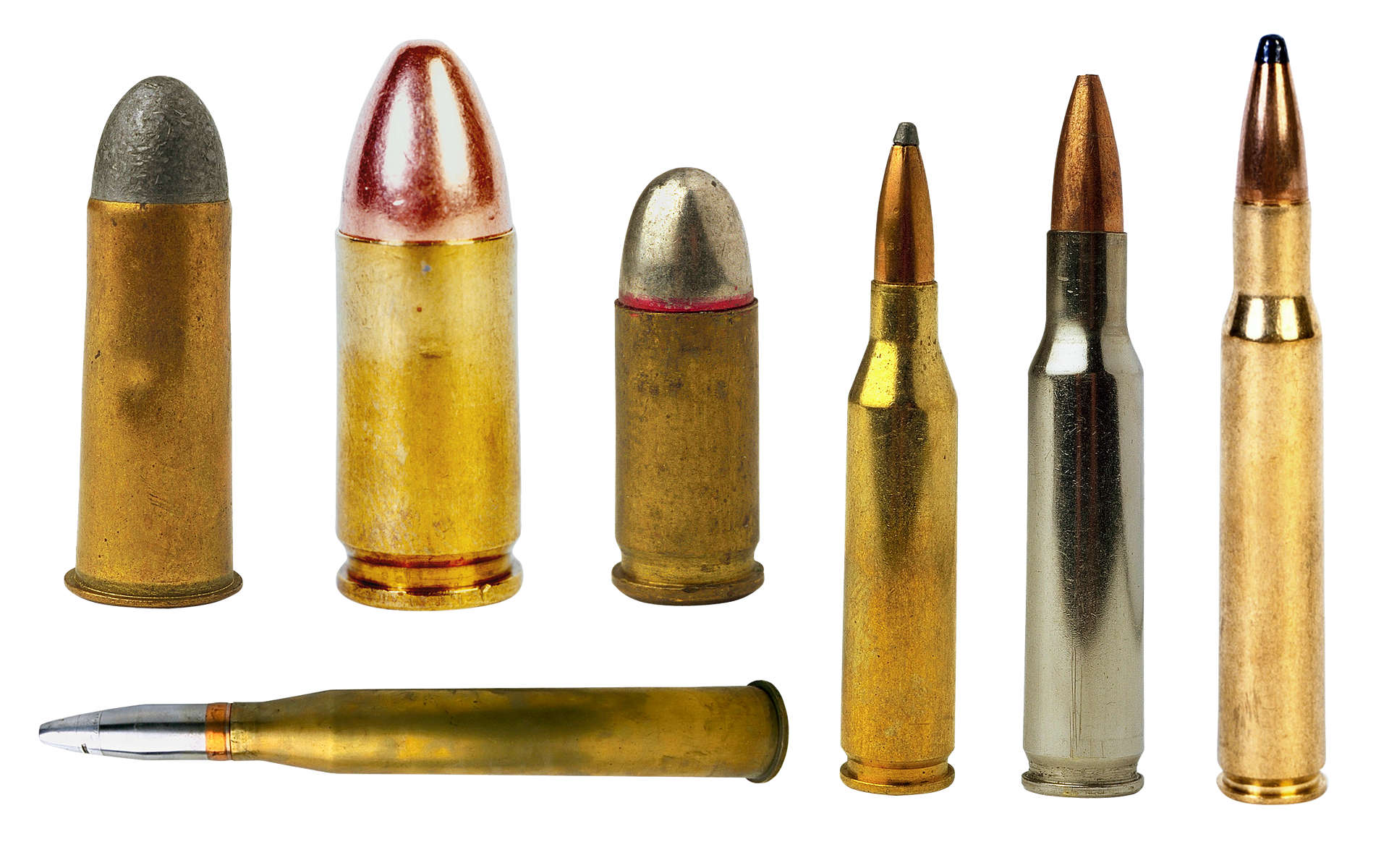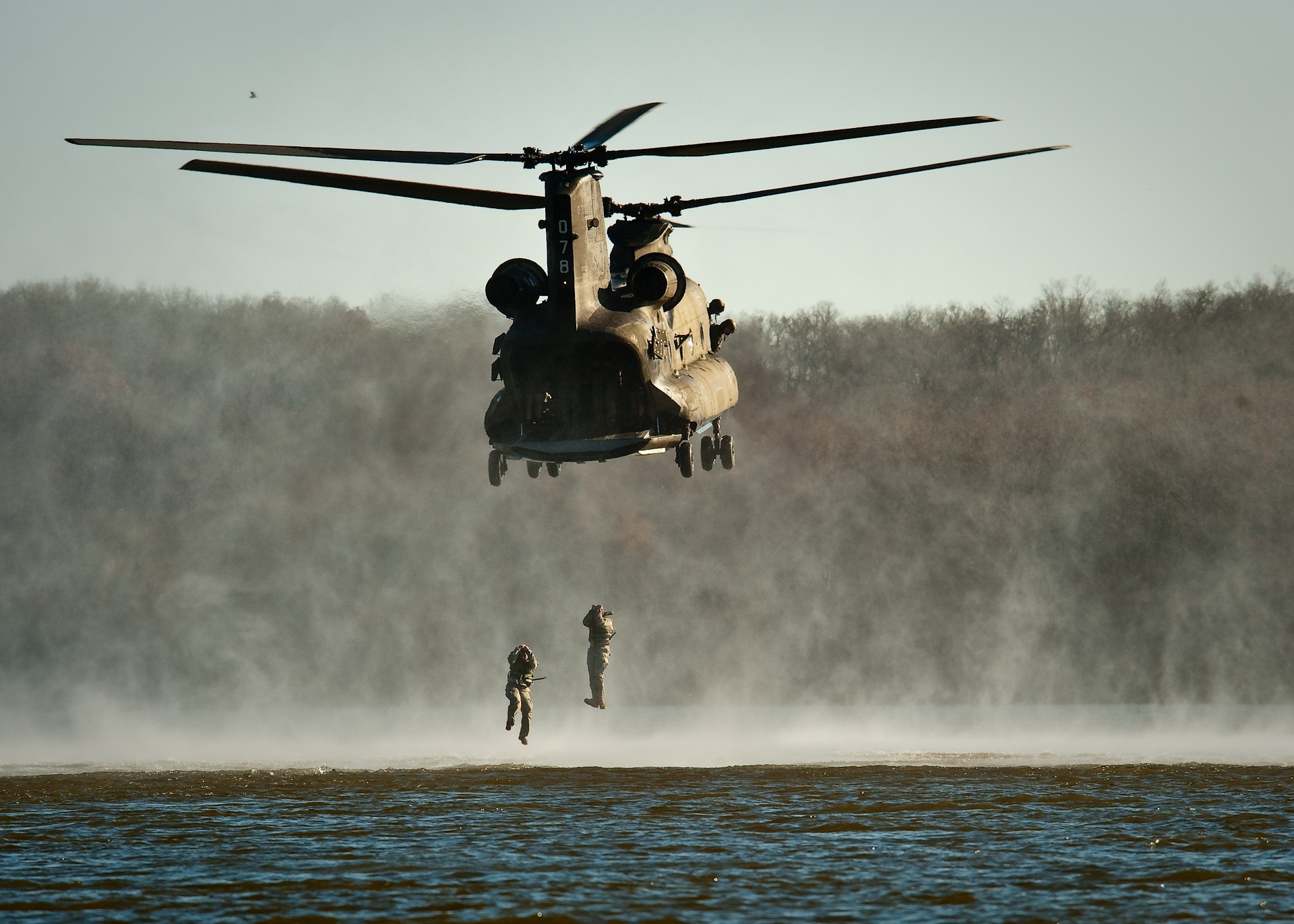The question always comes up about what the difference is between the ballistic protection classes, the American NIJ standard and the German technical guidelines for ballistic protective vests (TR / SK).
At first glance there are many similarities:
5 protection levels and some similar calibers. However, there are also a number of differences that are not immediately obvious. So it cannot be said across the board that the NIJ standard or the German TR/SK is better. It depends much more on the threat situation the wearer is facing and which characteristics they want to prioritize. Will multi-hit protection or large-caliber protection be prioritized? Low weight or trauma reduction?
Depending on the requirements, a different ballistic standard is recommended. In order to clear up any confusion, this blog entry will look at the two ballistic standards, explain their special features and hopefully help to find the right ballistic standard for the respective requirements.
Ballistic protection class
NIJ Standard 0101.06
NIJ Standard is the ballistic standard of the American National Institute of Justice. It has been the only nationally accepted standard in the USA since 1972 and has also established itself as the leading standard worldwide. The aim of the NIJ standard was to determine the minimum performance ballistics must provide and to establish these minimum requirements.
The NIJ Standard 0101.06 is the current American standard from 2008. It is divided into 5 protection classes:
Type IIa, Type II, Type IIIa, Type III and Type IV.
-
NIJ IIa: Protection against bullets from “standard” handguns
-
NIJ II: Protection against projectiles from handguns
-
NIJ IIIA: Protection against projectiles from all handguns and submachine guns
-
NIJ IIII: Protection against normal bullets from long guns
-
NIJ IV: Protection against hard core bullets from long guns
-
The ballistic requirements of the classes are as follows:
|
Type |
Caliber |
Bullet type |
Dimensions |
Speed |
|
IIa |
9 x 19 mm .40 S&W |
Full Metal Jacketed (Full coat) |
8,00 Gramm |
373 +/- 9.1 m/s |
|
II |
9 x 19 mm .357 Magnum |
Full Metal Jacketed (Full coat) Jacketed Soft Point (Partial coat) |
8,00 Gramm 6,00 Gramm |
398 +/- 9.1 m/s 436 +/- 9.1 m/s |
|
IIIa |
.357 SIG (9 x 22 mm) .44 Magnum |
Full Metal Jacketed Flat Nose (Full jacket with flat head) Semi Jacketed Hollow Point (Partial jacket hollow point) |
8,1 15,6 Gramm |
448 +/- 9.1 m/s 436 +/- 9.1 m/s |
|
III |
.7.62 x 51mm (M80) |
Steel Jacketed (Steel full jacket) |
9,6 |
847 +/- 9.1 m/s |
|
IV |
7.62 x 63 mm (M2 AP) |
Armor Piercing (Hard steel core) |
10,8 Gramm |
878 +/- 9.1 m/s |
How is testing done at the NIJ?
For types IIa to IIIa, 6 shots are fired per insert. Of these, 4 shots are fired at an angle of 0° (NATO angle), one at an angle of 30° and one at an angle of 45°.
From Type III onwards you only shoot at a 0° angle.
Type III fires 6 shots and Type IV fires 1-6 shots.
The firing distance is 5 m for Type IIa-III and 15 m for Type IV. In addition, a wet test and a wear test are carried out.
The wet test is carried out for classes IIa-IIIa. The insoles are immersed vertically under 21 degrees warm water for 30 minutes and then drained for 10 minutes.
This is intended to guarantee that even wet ballistics retain their performance.
Wear test
The wear test is intended to simulate a period of wear lasting several years. After all, even a vest that has been worn for a long time should not lose its ballistic protection. Basically, the wear test is a good indicator of the quality of a protective vest. The better the result, the more resistant a vest is to environmental influences and the wearer can rely on its ballistics despite harsh environments.
For classes IIa-IIIa, the wear test includes a 10-day spin test at 65 °C with 72,000 +/- 1500 revolutions at a humidity of 80%. However, a lower muzzle velocity is used for the subsequent fire in order to take the conditioning into account. Hard ballistics of classes III and IV have to meet significantly higher requirements.
They are also exposed to a humidity of 80% at 65 °C for 10 days, but without a spin cycle. They are then air-conditioned and have to withstand large temperature fluctuations between -15 °C to + 90 °C with a humidity between 0-50% for 24 hours. A drop test is then carried out to ensure that the ballistics can withstand minor shocks. In addition, the plates are submerged under water and then bombarded with wet water.
For all types, NIJ Standard 0101.06 sets a maximum trauma of 44 mm.
The NIJ standard does not contain a sample test; this is in a separate standard
regulated.
The Technical Guideline for Ballistic Protective Vests (TR) is the ballistic standard in Germany. The police and the Bundeswehr obtain their ballistic protective equipment based on the TR. The technical guidelines have existed since 1979 and are an established standard, especially in German-speaking countries. However, it has never been as widely used as the American NIJ standard. Therefore, from an international perspective, TR is a niche standard. Nevertheless, the German standard has some special features that should not be underestimated.
Ballistic protection class TR
Technical guidelines for ballistic protective vests
The Technical Guideline for Ballistic Protective Vests, like the NIJ Standard 0101.06, dates back to 2008. It is also divided into 5 protection classes, which, in contrast to the NIJ Standard, also have a definition:
-
Class L: Protection against projectiles from “usual” handguns,
-
Class 1: Protection against projectiles from submachine guns
-
Class 2: Protection against projectiles from all handguns
-
Class 3: Protection against normal bullets from long guns
-
Class 4: Protection against hard core bullets from long guns
The ballistic requirements of the classes are as follows -
SK
Caliber
Bullet type
Dimensions
Speed
L
9 x 19 mm
Steel full jacket, round head, soft lead core, tin-plated
8,00 Gramm
360 m/s +/- 10 m/s
1
9 x 19 mm
Steel full jacket, round head, soft lead core, tin-plated
QD-PEP II/S (police special bullet)
Action 4 (police special bullet)8,00 Gramm
6,00 Gramm
6,10 Gramm415 m/s +/- 10 m/s
460 m/s +/- 10 m/s
460 m/s +/- 10 m/s2
.357 Magnum
Solid brass, tapered head
7,10 Gramm
580 m/s +/- 10 m/s
3
.223 Remington
(5,56 x 45 mm)
.308 Winchester
(7,62 x 51 mm)
Steel full jacket, pointed head, soft lead core with steel penetrator
Steel full jacket, pointed head, soft lead core
4,00 Gramm
9,55 Gramm950 m/s +/- 10 m/s
830 m/s +/- 10 m/s
4
.308 Winchester
(7,62 x 51 mm)
Stahl-Vollmantel, Spitzkopf, Stahlhartkern
9,70 Gramm
820 m/s +/- 10 m/s
With SK L to SK 1, 4 shots are fired at an angle of 0°. This is followed by angle fire with 3 shots at 65° and 3 placed shots at 0°. When testing with police ammunition, there is no firing at 0°. From SK 2 to SK 4, testing is carried out with 3 shots at 0° and 3 shots at 65°.
Separate inserts are used for each firing. Therefore, for example, there is no fire at 0° and a fire at 65° on the same ballistic insert.
The firing distance, except for the fired shot, is 5 m for SK L to SK 2 and 10 m from SK 3.
Protective vests of level SK L or SK 1 are tested against a shot. The barrel of the weapon is pressed against the insert with 10 kg of pressure and three shots are fired onto the insert. If a fight breaks out, the protective vest should also protect against shots from a very short distance. Depending on the construction, not every protective vest can do this.
Wear test
In order to test the wear resistance of soft ballistics, the TR also requires a wear test and air conditioning of the test samples.
A cold/heat test is carried out once. One insert is stored vertically or hanging in a climate cabinet for 16 hours at -20 °C, at +20 °C and 65% humidity and +70 °C.
During the actual wear test, the insert is stored vertically or hanging at +40 °C and a humidity of 90-95% for at least 16 hours. What is special here, however, is that the actual ballistic package, if it is welded into a moisture-repellent cover, has to be removed from it. This means that the actual ballistics are unprotected from heat and humidity. The wear test directly tests the resistance of the material and its processing.
Die TR schreibt für eine Schutzweste eine Lebensdauer von 10 Jahren fest.
Die Ballistische Schutzklasse TR unterscheidet beim Traumawert zwischen Unterzieh- und Überziehschutzweste. Unterziehschutzweste die verdeckt unter der Kleidung und somit näher am Körper getragen werden, dürfen einen maximalen Traumwert von 40 mm haben. Die TR orientiert sich hierbei beim amerikanischem NIJ Standard. Bei Überziehschutzwesten hingegen setzt die TR ein maximales Trauma von 22 mm fest. Die TR stellt hierbei eine andere Grundüberlegung an. Unterziehschutzwesten sollen dem Träger lediglich ermöglichen aus einer Gefährdungssituation zu entkommen. Die Einsatzbereitschaft des Trägers ist durch das höhere Trauma nach einem Treffer bei einer Unterziehschutzweste nicht zwangsläufig gewährleistet.
Protective vests, on the other hand, are intended to ensure that the wearer remains operational despite being hit. Therefore, a significantly lower trauma value is assumed. Over-protection vests are aimed at wearers in tactical situations such as soldiers or special forces who can wear the vest open.
Like the NIJ standard, the TR does not contain any puncture tests. This results from a separate stab protection standard.
Summary of ballistic protection classes
Since both ballistic standards have now been presented, the question arises as to where the central differences lie. Basically it can be said that the German standard checks more threat scenarios. Both the fired shot and the fire with special police bullets are missing from the NIJ standard.
For this purpose, the American standard tests with large calibers with a high man-stopping effect.
On the German side, smaller calibers and lighter bullets are used, but these are more aggressive in terms of penetrating power. On the German side, steel full jacket projectiles are already being tested from SK L onwards, while on the American side only normal full jacket bullets are used. On the German side, further ammunition with high penetrating power follows.
Furthermore, an SK 4 is tested with 3 shots while Level IV only has to withstand 1 shot. Level IV, on the other hand, protects against the significantly stronger caliber 7.62 x 63 mm.
For trauma, the NIJ standard allows a maximum of 44 mm across all types. On the German side, a trauma value of 40 mm is only permitted for SK L and SK 1. SK 2, 3 and 4 are designed as protective vests. This means that only a trauma value of 22 mm is permitted for these.
In terms of wear resistance, both standards are on par despite different test methods. Both standards guarantee longevity and high robustness of the vests.
In conclusion, it can be said that the NIJ standard is recommended for wearers who are looking for protection from the largest possible caliber with average projectiles. A lower dream value and multi-hit protection at level IV are secondary.
The Technical Guideline is recommended for those who want to protect themselves against as many threat scenarios as possible and are looking for protection from aggressive projectiles. The technical guideline is also suitable for those who value low trauma and want multi-hit protection in the SK 4 range.

